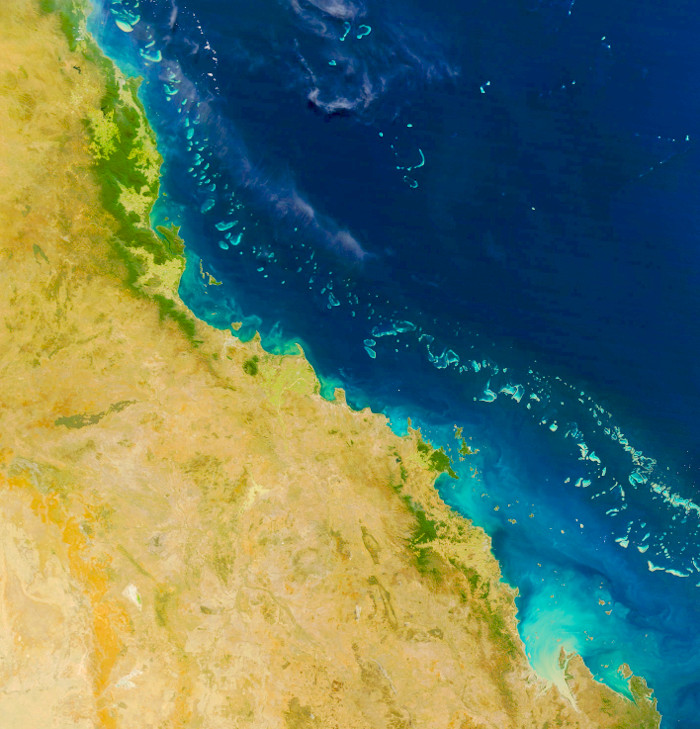Satellites show water shifts
 Satellite observations show worldwide water extremes increasing since 2002.
Satellite observations show worldwide water extremes increasing since 2002.
The global intensity of water cycle extremes - which includes the extent, duration, and severity of droughts and floods - increased from 2002-2021 according to international research that used satellite data to quantify wet and dry extreme events around the world, including from Australia.
The authors found that there was an excess of intense droughts and extreme wet events during 2015–2021, which were also the hottest seven years on record.
The team found that Australia's Millennium Drought appeared as three smaller events in the data, but it would have ranked as the 14th most intense drought if it were counted as a singular event.
This drought ended in 2011-12 and was followed by the 3rd most intense wet event recorded during the observations, they say.
The researchers say that the intensity of water cycle extremes is highly correlated with global temperature, more so than with other climate indices, suggesting that continued warming could cause more frequent, widespread, and severe droughts and floods.
Droughts and flooding have been predicted to become more frequent and severe with climate change, but this has been difficult to measure and quantify. Previous studies focused primarily on rainfall data.
In the latest study, Matthew Rodell and Bailing Li applied a new approach using observations from the NASA/German Gravity Recovery and Climate Experiment (GRACE) and GRACE Follow-On (GRACE-FO) satellites, to identify and quantify wet and dry extreme events around the world between 2002–2021.
Monthly dry and wet event intensities were well correlated with global mean temperature. The most intense extreme event of the past two decades was a wet event covering all of central Africa, which began in 2019 and is still ongoing. Three of the most intense droughts on record also began in recent years: in the southwestern USA, southern Europe, and southern Brazil.
The study “confirms what scientists have been reporting for years, that the warmer temperatures, and additional moisture in the atmosphere under climate change, have resulted in more extreme, and more frequent floods and droughts,” according to Dr Melanie Zeppel - Lead Data Scientist at Carbon Link and a Senior Research Fellow at Macquarie University.
“The impact on Australians, particularly vulnerable populations, such as the Northern Rivers, towns across Northern NSW and QLD, and Western Sydney, are intense, with many homes now uninsurable.
“The report is particularly frustrating, as it confirms what scientists, working in this field, have been publishing for at least 15 years, that the extreme droughts and floods will continue unless atmospheric greenhouse gas concentrations are reduced.”








 Print
Print